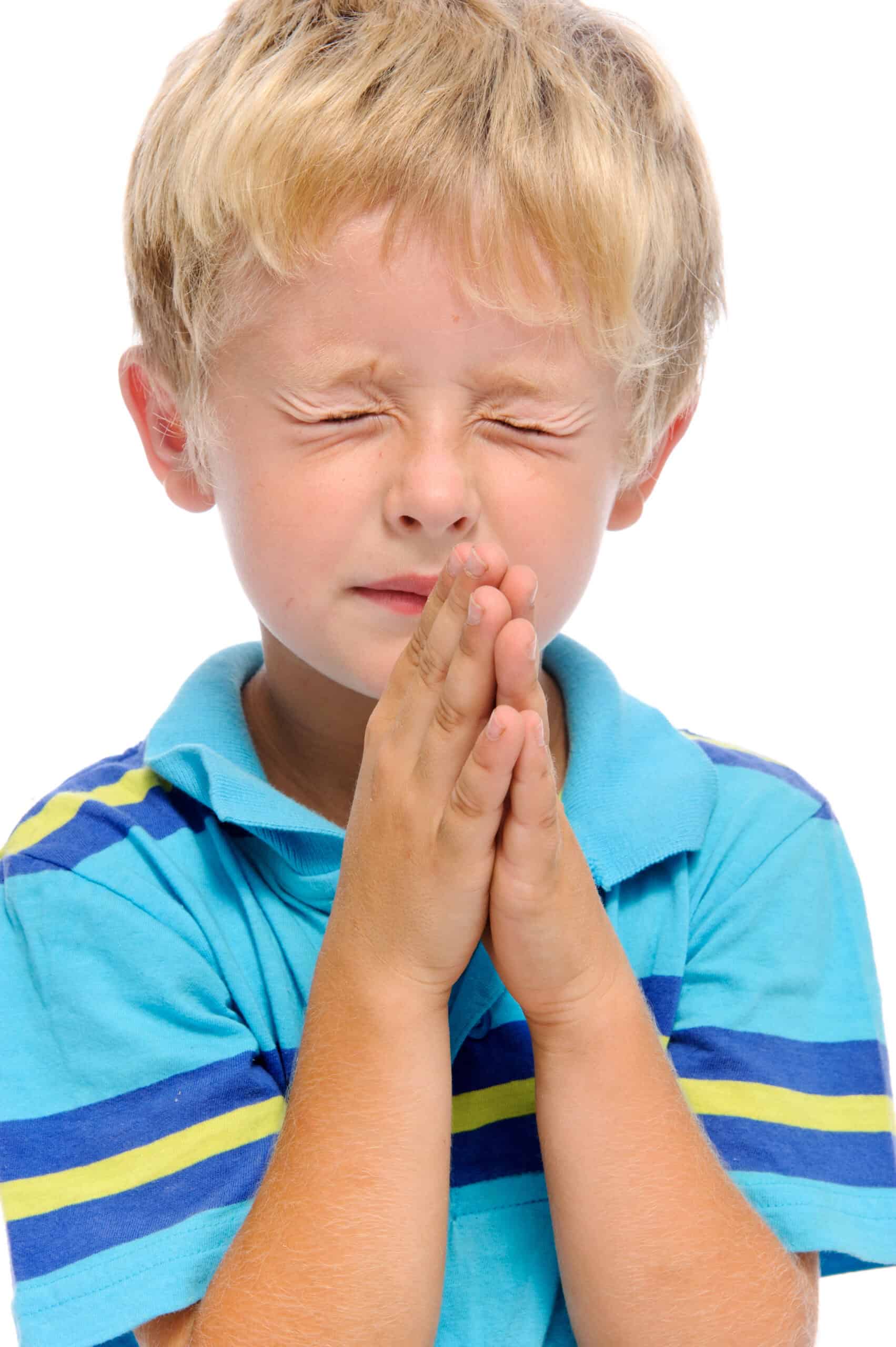Despite what many people have come to believe, public schools are not hostile to religion (or more specifically, to the complainers’ personal faith).
But schools do have to be neutral about belief. And the Supreme Court has repeatedly confirmed that schools must be neutral, no matter how much the communities housing those schools may disagree.
You’ve probably heard that America’s “downfall” began when “they banned prayer” in public schools. First, the Supreme Court never banned prayer in public schools. I can promise you that every time an Algebra teacher announces a pop quiz, Heaven’s getting a spike in desperate requests.
What was banned is prayer led by school districts and their employees (and equivalents). Why? From their earliest classes, students are taught that the adults in their schools are wise leaders whose words must be respected and whose directions must be followed. Principals leading prayers in the language and style of their personal faiths are authority figures, so the courts view their public prayers before students as promoting religion. (I do recognize that the whole church and state thing is not in the Constitution, but that’s a complexity better explained by a legal expert — a real one, not someone who pretends to be one on Facebook.)
I spent my childhood in a wonderful predominantly Jewish neighborhood in which my family was among just a handful of Gentiles. Kids always manage to get along, and I was never treated badly or differently. (Although the day the teacher invited each of us to sing our favorite songs, she and my classmates didn’t seem to enjoy my rendition of “Jesus Loves Me” as much as I thought they would.)
Yet I wonder how my parents would have reacted if my teacher had the class regularly recite the Shema or any of Judaism’s other fundamental prayers. What if she started promoting the superiority of her family’s specific faith tradition? The school could argue that the overwhelming majority of students were Jewish, so shouldn’t this little boy who spent his Sunday mornings in a church basement full of Baptists accept that he’s simply in the minority … and just go along with it?
I’ve spent more than half my life in religiously diverse communities. That didn’t make me angry, or feel threatened, or motivate me to fix my neighbors’ flaws. My own experiences led me to respect their beliefs, because I liked the way it felt when they respected mine. I’ve had the privilege of being a guest in many strikingly different houses of worship.
That’s what the requirement for school districts to remain neutral is all about: respect for the diversity in what students and their families believe. Even when 99 percent of a community’s residents believe a certain way, public schools – as a government institution — have an obligation to serve the other 1 percent equally. It’s a remarkably tough tightrope to walk, as I’ll discuss in part two, next week.
